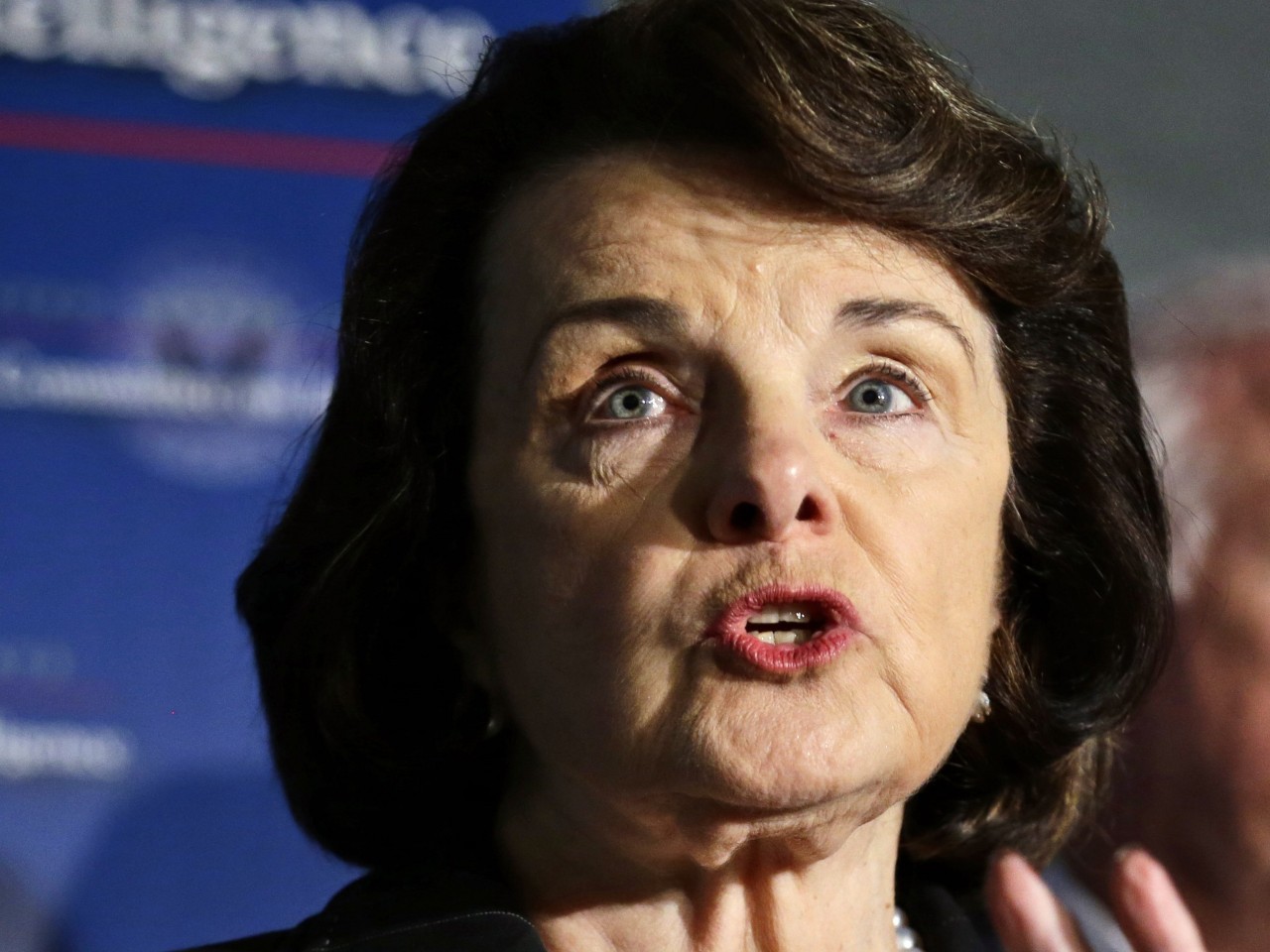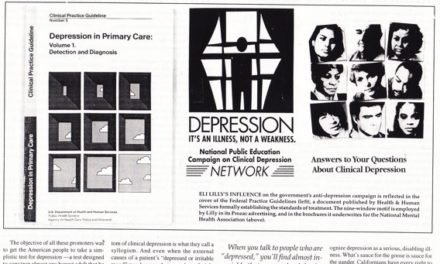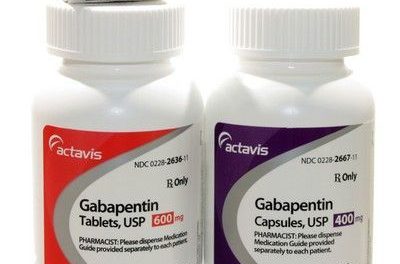By Fred Gardner
Friday, November 22, was going to be my last day of civilian employment in Manhattan, barring a miracle. I was supposed to start basic training at Fort Polk, Louisiana, on Sunday the 24th.
I had been an editor at Scientific American since the day after I graduated from college in early June. The job involved working with cutting-edge researchers on articles that would explain their work to “the educated layman.” Not only was it a great job, but when he hired me, the publisher, Gerard Piel, said I needn’t worry about the draft because during the Korean War a Scientific American editor had gotten an exemption on the grounds that the magazine was “vital to the national preparedness.” I notified my draft board that they should change my classification from 1A and they notified me back that I was and would remain 1A. I told Piel I was planning to join the six-month program to get the Army out of the way. He said he was confident his contacts in the Kennedy Administration could intervene on behalf of the magazine (me). I don’t know if he followed up.
Getting drafted into the Army meant a two-year hitch; volunteering meant three years; but joining the reserves meant only six months of active duty (plus five-and-a-half years of weeknight and/or weekend drills, and two weeks every summer to maintain “readiness”). Most of us six-monthers joined to get the Army over with —the looming disruption to our lives— because we had middle-class careers to pursue. Working-class guys knew that employers required you to have an honorable discharge, because they wouldn’t risk the expense of training you and then losing you to the draft. In 1963, the only US troops in Vietnam were Special Forces. In due course draftees would be sent to Vietnam, and joining the six-month program became a way of avoiding that fate (although the brass never ruled out the option of calling up the reserves).
On the morning of Friday, November 22, I went to Piel’s office to remind him that it was my last day on the job. He buzzed his secretary in the adjoining room and said, “Winnie, get Jerry Wiesner on the phone. And if he’s not available, try Bob McNamara.” Jerome Wiesner was President Kennedy’s scientific advisor, Robert McNamara was the Secretary of Defense.
Piel knew everybody. His family owned a major brewery. He had been on the wrestling team at Harvard and now he was on the board of overseers. His wife was a prominent civil liberties lawyer. He was 50ish, 5′ 7″, wiry, with thinning hair cut short. He had a very brisk, upright walk. Piel and the managing editor, Dennis Flanagan, had been trained by Henry Luce at Life magazine, and when they struck out on their own and acquired Scientific American in 1948, they used Life’s secret formula: tell the story twice, once in text and once in graphics and captions
The office was at 415 Madison Avenue, between 48th and 49th Streets in Manhattan. There were many great, affordable restaurants in walking distance, and the art director, Jerome Snyder, was moonlighting as a restaurant critic for a new magazine called New York, and had made it his mission to evaluate them all. Jerome and his partner, Milton Glazer, called their column “The Underground Gourmet.” The original idea was to write about restaurants that were literally subterranean —at least three steps down from the sidewalk. Then they changed it so that “underground” meant not well known, not too expensive, and really, really good. Their column was widely read and brought deserved success to many a small restaurant owner.
Our consensus favorite was a Pakistani place on 45th Street off 6th Ave., if memory serves, called the Kashmir, and that’s where we went for my last lunch on Friday the 22nd. I strolled back to the office with my friend Joe Wisnovsky, still harboring hope that one of Piel’s connections had been able to keep me in civilian life. A flatbed truck loaded with cement bags blocked our way on 48th street as we were approaching Madison. Where once a pseudo-colonial red brick building had housed a Hanover bank, there was now a construction site —a deep hole in the granite with a grade cut in so that supplies could be delivered and the foundation prepared for another high riser. The truck was paused at the entrance to the site.
A black hod-carrier hollered to the driver, “Hey, man, you hear they shot the President?” The driver, who was also black, leaned out the window and said “Yeah, man, right in the hade!” It was a totally matter-of-fact exchange and I knew it was true, and that Jerry Wiesner and Bob McNamara were going to be otherwise occupied that afternoon.
People I didn’t expect to be upset by Kennedy’s death —leftists who could not forgive the U.S.-backed invasion of Cuba— turned out to be deeply moved. Back at the office Dennis Flanagan slammed his fist into a file cabinet with all his might. That night my dad said, “He was so young. He had a beautiful family. And he read books.”
On Sunday morning I reported to the armory at 33d and Park Avenue and got on a bus for Idlewilde airport with my cohort —about 50 young men who were going to be cops, firemen, sanitation workers, salesmen, and ad men after this six-month detour from real life. We flew on the previously unknown Saturn Airlines to an airport in Louisiana, and then were bussed to Ft. Polk. On the trip down, a dominant personality emerged: a big, overweight loudmouth from Brooklyn named Bert Gelfand, who was a fan of Lenny Bruce. He regaled us with reconstructions of Bruce’s act, which he had caught at various small nightclubs.
By Sunday night we were standing in formation with draftees and volunteers from Alabama, Louisiana, and Houston, Texas, under the dim stars. We were lined up outside a warehouse from which we would be issued uniforms. The temperature wasn’t below freezing but the air is very moist in swampy areas and the cold was penetrating. There was a portable radio on the loading dock providing news and music. All of a sudden Gelfand stepped forward and bellowed at the young, blond sergeant who stood in front of us: “You killed our President! We are New Yorkers. You southerners killed our President! You’re not in mourning but we’re in mourning because we’re New Yorkers. We demand that we be dismissed immediately for a three-day period of mourning.”
I remember the amazed look on the sergeant’s face as Gelfand stomped back to his place in formation, but I can’t remember what he said or did, if anything. His mind was blown and so was mine. This Gelfand might be dangerous, might draw the heat on the rest of us. The radio was playing Connie Francis singing “America the Beautiful.” It was moving.
In due course we were issued our gear and marched back to the reception center barracks and clambered onto our racks. We slept in the scratchy woollen long johns we’d been issued. In the morning a kid named Steinbach woke up with a grotesque case of hives, his skin dark pink, his face oozing and swollen by a factor of about 1.8. He was ecstatic: “They’re gonna have to let me out of the Army! I’m allergic to their clothes! They’re gonna have to give me a discharge!” But of course they just issued him long johns made of a synthetic fabric.





